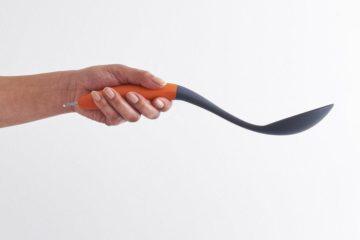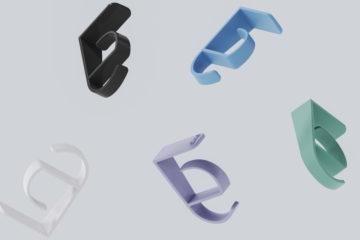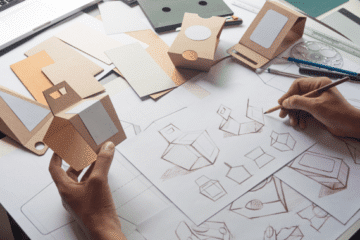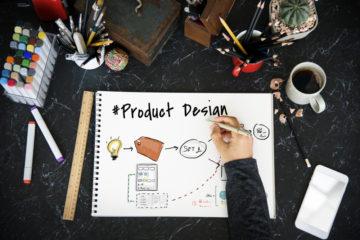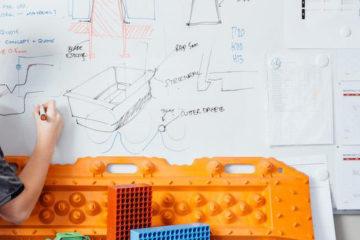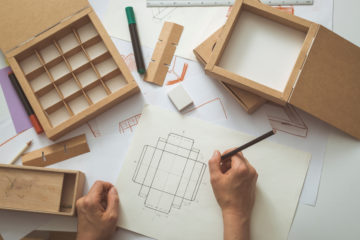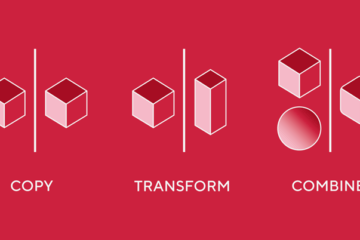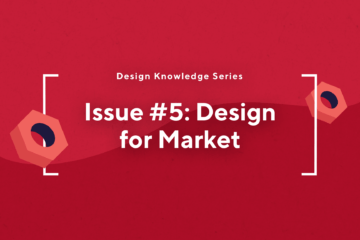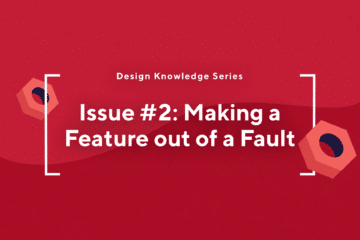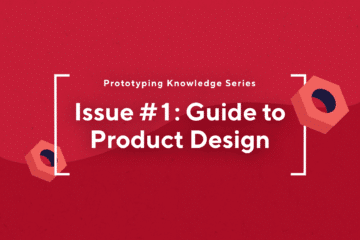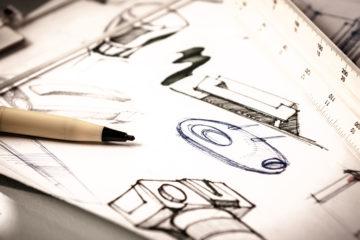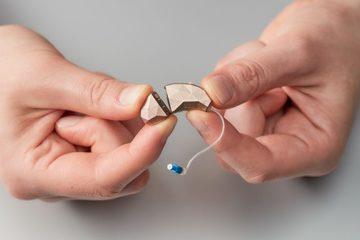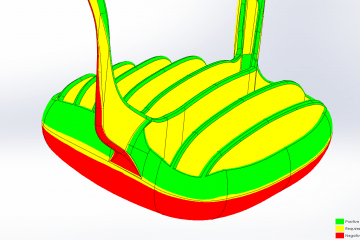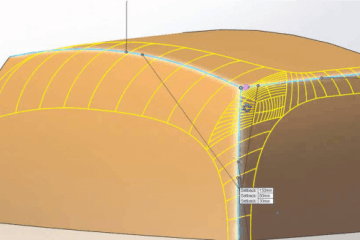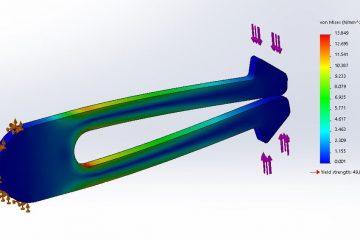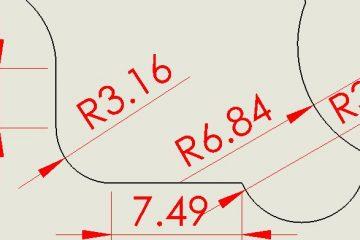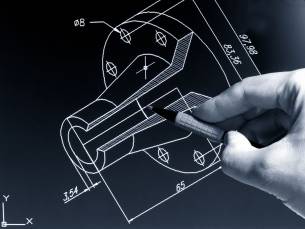
When most people think of inclusive and accessible design, they think of major groundbreaking advances in robotics and novel custom 3D-printing applications – while these are at pushing the boundaries of inclusive design, they don’t define it. Inclusive design at its core is as simple as making sure that a handle is comfortable for a wide variety of hands, or that a seat’s width can fit the majority of butts. It is a fundamental part of any design, though can easily be overlooked.
In today’s diverse and rapidly evolving world, it is ever crucial for industrial designers to prioritise accessibility and inclusivity when creating products and hold true to these first principles. By doing so, they not only cater to a wider audience but also promote social responsibility to their customers.
In this blog, we will explore five essential factors in designing accessible and inclusive products that benefit individuals. Whether you’re a designer, a businessperson, an entrepreneur, or are simply curious, this blog is for you.
1. Understand the Importance of Accessibility
Accessibility is a bit of a buzzword now, and it’s easy to hear it and instantly zone out as we hear the word thrown around so much. However, it’s super important as focusing on accessibility doesn’t just serve the user of a product, but it also serves the designer and business behind the product.
Accessibility is about providing equal opportunities for all. For an everyday example, think about urban design; accessibility here means ramps and lifts, which allow a wider variety of people to use an area which brings not only those with disabilities and increases their view of the city/council, but also enhances the lives of their accompanying friends and family.
In Product Design, this could be sound alerts with devices, or tactile bumps and textures on products to signify a button to people with visual impairments, or it could be a tapered kettle handle that allows a wide range of hand sizes to grab a part of the handle. By designing products that are easy to use and navigate for all kinds of people, you open doors to a broader customer base and contribute to a more inclusive society.
2. Involve Diverse User Groups
Industrial design should never be done in a vacuum. To create products that resonate with a broad audience, empathise and/or engage with diverse user groups throughout the design process. One of the most potent tools in an industrial designer’s arsenal is empathy. This doesn’t just mean accommodating users with disabilities; it means involving people from various backgrounds, ages, and abilities. Colour means different things across ages and culture; some products may be obvious to one generation, but unintuitive to another; using a complex tool with a high barrier for manual coordination may come easy to some, but then completely unusable to another. Their insights can unveil unexpected challenges and spark creative solutions. It’s like crowd-sourcing innovation within your own design studio and its networks – and trust me, you will be amazing at what blind spots you unearth.
Although sometimes it is enough to simply map out potential user groups, empathise with them and think of how they may feel – there lies as great potential here for ignorance where you don’t know what you don’t know. The gold standard is user testing and focus groups – try to do this and document this and use any of the diverse contacts you and your team may have to test your product. This is especially important if your product has interactive elements – which really is most products out there.
By including a diverse voices in the design process, you can make informed design decisions and ensure your product meets a wider set of needs. Sometimes you’ll learn that different sizes or variations are needed for different people, or you’ll realise that your product makes sense to you though your target user group is actually not like-minded so you need to modify your product’s angle, or maybe you’ll learn that a slight tweak is all that is needed to make a product usable universally.

The EYRA Utensil Range is known for its larger ergonomic handles for those with low wrist and hand mobility – an exemplar of accessible design
3. Prioritise Universal Design Principles
Universal design principles aim to create products that can be used by as many people as possible without the need for adaptation or specialised design. To achieve this, follow these key principles.
Equitable Use:
- Ensure that the design is useful and marketable to people with diverse abilities.
- Avoid segregating or stigmatizing any user group so that everyone has equal access to the product
- Consult a wide range of people to see how a product makes them feel, or if there is any unintentional negative symbolism the products appearance and use – it can often be surprising what is offensive in cultures that are not your own. This is increasingly important in this globalised world
.
Flexibility in Use:
- Design products that can accommodate a wide range of individual preferences and abilities – different use/holding methods, ergonomics, and ambidextrousness is key!
- Offer choices in methods of use to accommodate different users, this could be different ways to use the product to
- Account for variations in motor skills, vision, hearing, and cognitive abilities.
Simple and Intuitive Use:
- Design products that are as easy to understand and use as possible, regardless of the user’s experience, knowledge, language skills, or current concentration level. This applies to all products: from simple utensils to cars.
- Eliminate unnecessary complexity and make instructions clear and concise – the ultimate goal is for the user to pick up the device and intuitively know what to do! It is up to the products design to guide the user to proper use.
- Ensure that user interfaces are consistent and predictable.
Perceptible Information & Feedback:
- Provide information in multiple sensory modes to accommodate different user preferences and abilities – tactile & audible clicking confirms all people can receive sensory feedback, even if they have lost any two of their sight, hearing, or touch.
- Ensure that essential information is easily perceived, regardless of ambient conditions or the user’s sensory abilities.
- Use contrast, color, and sound effectively to convey information without relying solely on a single mode – this could be buttons with different colours, textures, or backlight blinking lights.


TV Remotes are a great example of universal design – they’ve gone from being an annoying device with too many buttons and acryonyms to make sense of, to sleek devices that only use simples and intuition for people to use.
(Samsung Smart TV Remote on the R)
These principles form the foundation for creating designs that transcend individual differences and cater to a diverse audience. By incorporating these principles into the design process, industrial designers can contribute to a more inclusive and accessible world, where products seamlessly integrate into the lives of users with varying needs and abilities.
4. Consider Human Factors & Ergonomics
The devil is in the details, and in industrial design, those details include the ergonomic and anthropometric aspects of your product. Tailoring the form and function of your design to fit the human body ensures comfort and usability for everyone. Some Anthropometric Data is available online though I’m yet to see in-depth anthropometrics in recent years that is inclusive of a wide range of demographics – here user testing remains to be the gold standard.
Think of what parts of your design the user interacts with – are they grabbing it, are they wearing it, do they need to pass an arm through it – or inversely – do you need to ensure they can’t get their finger or body part inside it? Now, consider how your design limits some people –is it limiting those with larger hands, for example, or those with smaller hands? This changes depending on the product. For example, small holes on a pair of scissors are the bane of larger-fingered people, where large phones, remote controls, or power tools restrict smaller hands from reaching all the buttons. With these limit cases, you need to take into account the smallest or largest possibilities (or at least the 95th percentile cases).
Some designs are impossible to make inclusive and comfortable for all body types and hands, so here one needs to focus on aiming for the middle-ground, being suitable for the wide majority of people. If you do this, then those at the margins of “standard” sizing will thank you. Ergonomics and anthropometrics are the unsung heroes of inclusive design, silently enhancing user satisfaction.
5. Stay Informed and Keep Evolving
Although humans have remained the relatively the same physically for millennia, the field of accessibility and inclusive design is constantly evolving as people are increasingly aware of its importance. Globalisation and the mixing of varied cultures and peoples also mean that products need to be suitable for as wide a variety of peoples and sizes as ever. To stay at the forefront of this design approach, it’s essential to keep learning and adapting – you can do this by keeping up with latest guidelines, standards, and assistive technologies, but it will also serve you greatly to simply remain open minded, curious and empathetic to others. If you can take a breath at key stages in your design, step back, ask questions, and be open to other perspectives then this will go a long way.
Conclusion
In the intersection of business acumen and design brilliance, accessibility and inclusivity emerge as not just ethical imperatives but strategic advantages. As an industrial designer navigating the complex landscape of product creation, remember that the impact of your designs goes beyond aesthetics; it shapes the way people interact with the world.
So, whether you’re crafting the next revolutionary gadget or a simple household item, integrating these tips into your design process ensures that your products not only meet the needs of diverse users but also leave a lasting impression in the ever-evolving world of industrial design. After all, the most successful designs are the ones that invite everyone to the party.
Subscribe to Our Newsletter
Get the latest news from Dienamics into your inbox






